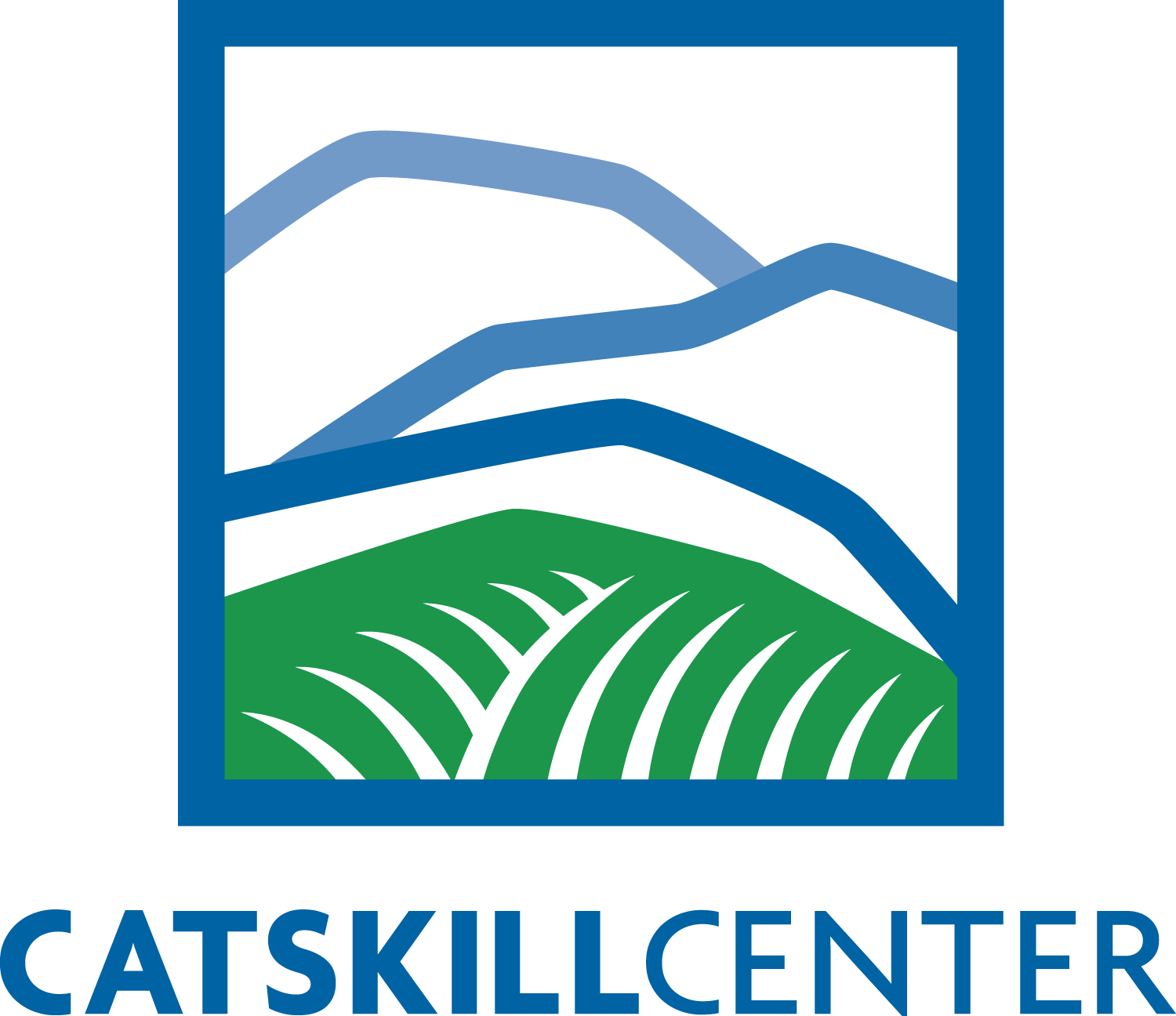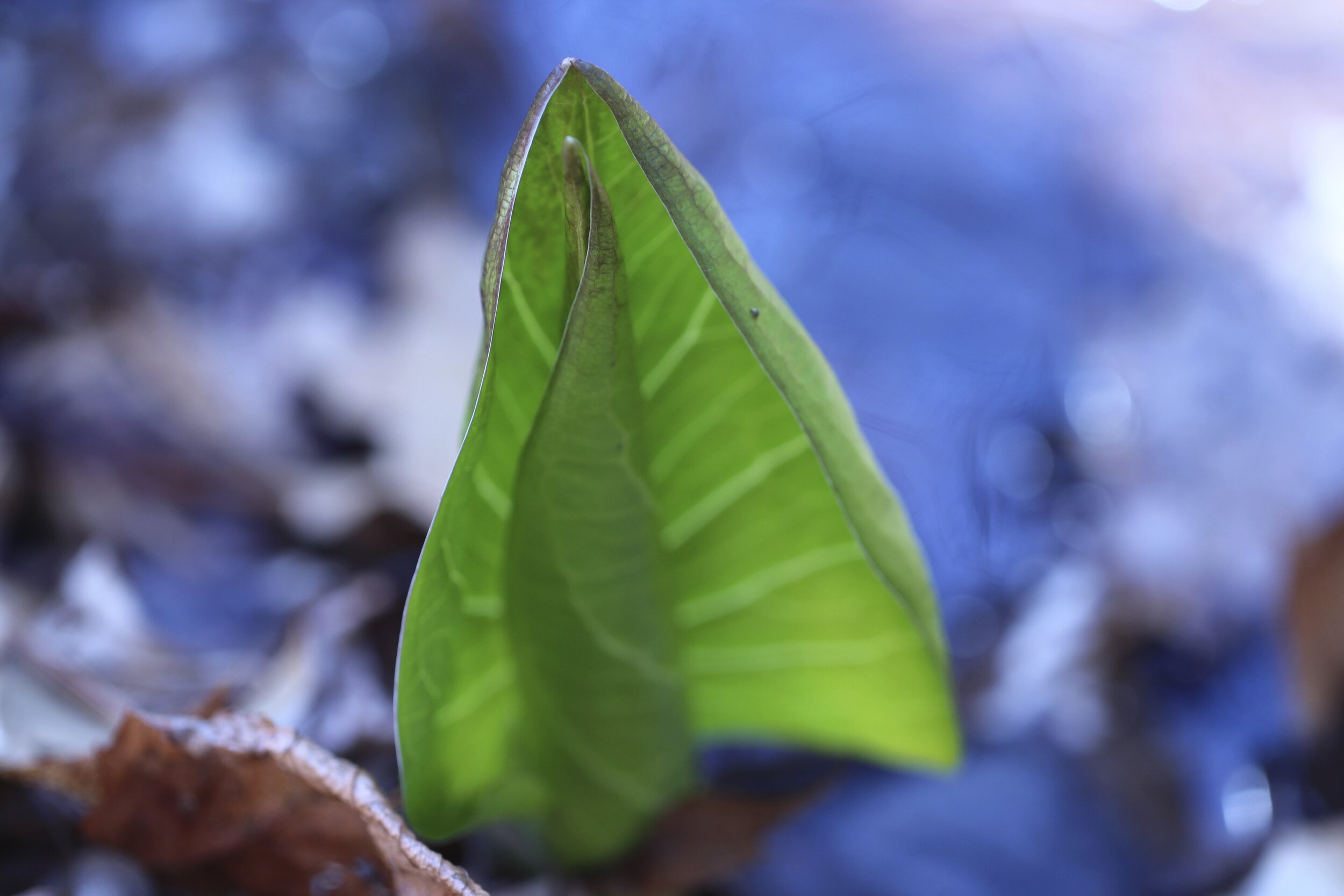Spring Into Action
Kerissa Battle
Tracking plants and pollinators in your backyard
Photo: Kerissa Battle
Amidst growing concern over the rapid decline of pollinators and native plants, a vibrant network of observers, habitat makers and conservation-minded gardeners are appearing on the scene to see what needs to be done.
Unlike some environmental restoration efforts which require equipment or expensive instruments, building native pollinator habitats and tracking the timing of life cycle events in the natural world (known as "phenology monitoring") can be done by almost anyone with the interest and gumption.
Photo: Kerissa Battle
The idea of phenology isn’t complicated: observe the same plants in the same area over time and note how they change: when do they bud? When do they flower? Track the appearance or activities of particular animals: when do the Monarch butterflies arrive? When do the bluebirds nest? Whether you have volumes of experience with plants and/or animals or none, you can create a monitoring site that is connected to both regional and national efforts through the power of community science.
More people collecting equals more relevant data.
Even if you have only a container garden outside your house, or you tag one red maple in your yard, or you (with permission from your town) mark plants on your favorite local trail and gather a group of friends to collectively observe — you can become a meaningful part of the larger effort.
High-quality pollinator habitats (which are capable of increasing connectivity across a landscape) can be created in small backyard gardens or nature preserves — or even abandoned lots — by planting high-resource pollinator plants that bloom sequentially throughout the season. Create nesting sites for native pollinators by leaving parts of your yard or garden un-mowed or un-raked and leaving grasses long until early spring. It’s really that simple.
phenophase’ refers to the distinct life cycle phases; i.e. budding, flowering, fruiting, migrating, hatching, etc.
Skunk Cabbage
Photo: Kerissa Battle
Creativity and ecology have always converged in the Catskills and larger Hudson Valley area, so it’s no surprise that the region from NYC to the Catskills is currently submitting the most plant and pollinator phenology data in all of New York State. The New York Phenology Project (NYPP), a networked community science initiative focused on climate change impacts on plants and pollinators, began in 2012 and has since rapidly spread across the state. In 2018, NYPP contributed more than 10% of the entire national dataset (the national platform is run by the USA National Phenology Network: www.usa-npn.org). Some of the most beloved nature preserves and institutions in the region are now involved and new monitoring sites pop up every year. The Catskills Visitor Center is currently setting up a plant and pollinator monitoring site and is looking for volunteers to aid the efforts of staff and board members.
Monitoring sites are created for various purposes: education, research, community engagement, and even for the development of a meditative practice. Some are focused on monitoring plants (native or invasive), while others build pollinator gardens or other associated stewardship activities. Whatever their focus, they all contribute data to help understand the impact of climate change on organisms. These monitoring and habitat development sites are a potential game-changer for the plant-pollinator conservation movement; the dynamic interplay between data collection and restoration creates opportunities for adaptive management on a larger geographic scale. Big shifts in policy and procedures can come from the aggregation of small initiatives.
Gardeners are naturally intuitive phenologists. When gardeners start, plant, cut back, harvest, or collect seeds, they are essentially tracking phenophases. (The term phenophase refers to the distinct life cycle phases: i.e. budding, flowering, fruiting, migrating, hatching, etc.) Phenology monitoring is the tracking of phenophases with no outcome in mind – like gardening with a zen mind— simple observation of what is with a patience for the next phase to manifest. Paying close attention to seasonal changes and a recording of when the changes occur is the essence of tracking phenology.
Photo: Kerissa Battle
There are a few practical reasons why a gardener might benefit from tracking phenology as part of an organized effort. To begin, it’s a chance to interact with plants and with other plant-lovers in a broader context. It’s also an opportunity to bring one’s skills to the aid of climate change mitigation efforts as well as join a movement of folks who are capturing important ecological data (regionally, nationally and globally) for future generations.
Beyond the pure pleasure of phenology monitoring, you can also craft your garden or yard within the larger context of the surrounding ecosystem. You might begin to notice that the pollinators on your tomatoes are the same as those you see on the milkweed in the field. Perhaps you note that the red maples in your yard flower later than the red maples in town.
You might wonder if the heavy fruit set on the mountain laurel near your garden happened due to your garden’s deep lushness which caused native pollinators to nest nearby. Which insects are arriving and when? What birds are hanging around your gardens? What else is in bloom near your garden that might be attracting pollinators? You begin to realize that the pollinators are not just servicing your garden, but you understand that your plantings are actually feeding them. Maybe you will observe them move from your garden to the patch of wild bergamot down the road (which you are also observing). Perhaps the birds are also feeding on the fertilized seeds of the wild bergamot at the end of the summer. Suddenly you’ve gone from intentionally observing your garden participating in the performance of nature, a bustling play with you as both actor and audience.
observing the year-round phenology of even just a few plants or animals puts you in contact with the whole of life — every phenophase echoes the phases of personal existence
As you watch, the seemingly glacial pace of change is suddenly punctuated by rapid transformation.
Voila!! An open flower appears where there once was a dormant bud.
My husband and I set up a phenology trail around our property, which includes our garden and intentional pollinator patches. We check our plants nearly every day when taking our dogs and babies on a walk. We get our exercise and slow down while taking everything in. It is meditative and enlivening at the same time. At first this noticing was a revelation for us. Then it became a skill, which progressed into an art and now it is our practice. When we followed our passion for phenology monitoring, we came to a joyful and spiritual place: a place of noticing, of presence, and of acceptance of what is. What could be better than practicing presence while contributing valuable ecological data in service of the land you love?
Interested in creating backyard pollinator habitat?
Resources are available at communitygreenways.org . If you’re interested in setting up an NYPP site, visit nyphenologyproject.org or contact Kerissa Battle at kerissabattle@gmail.com
From Catskills Magazine 2019 Issue 1
#benefitsofmembership





